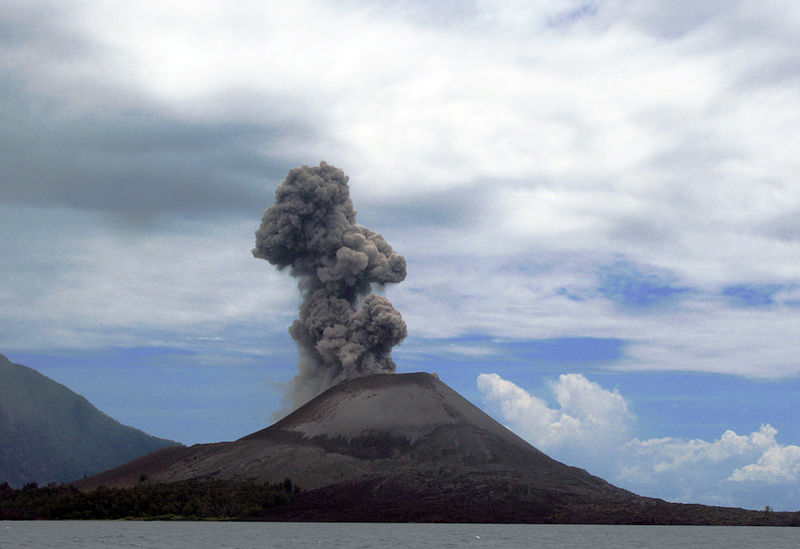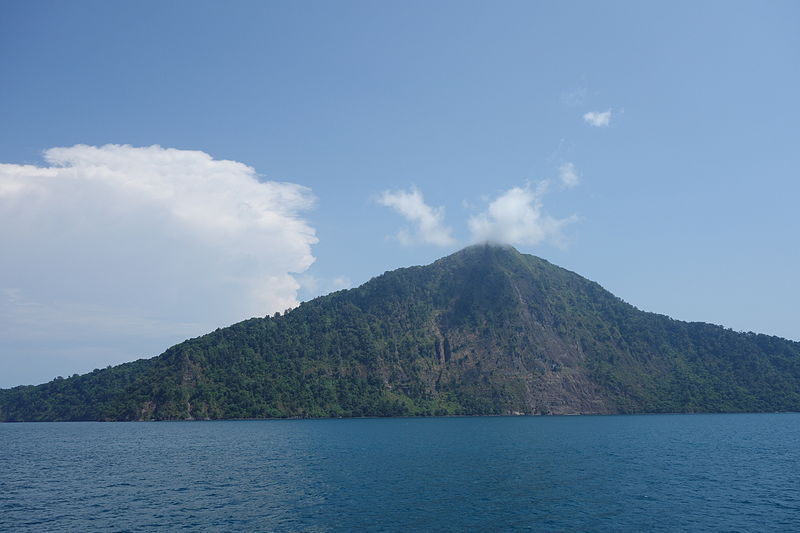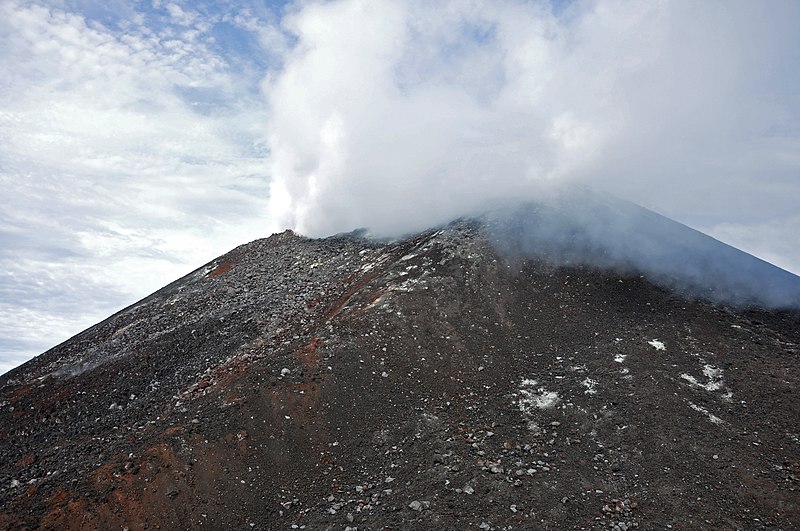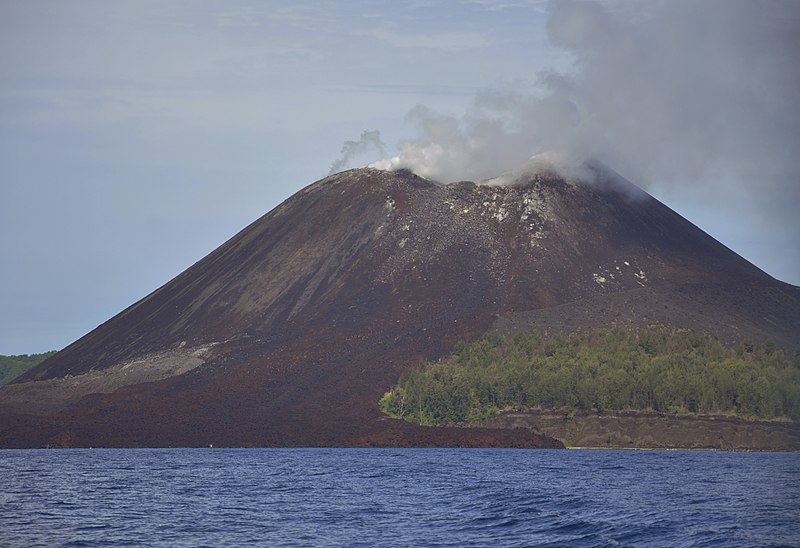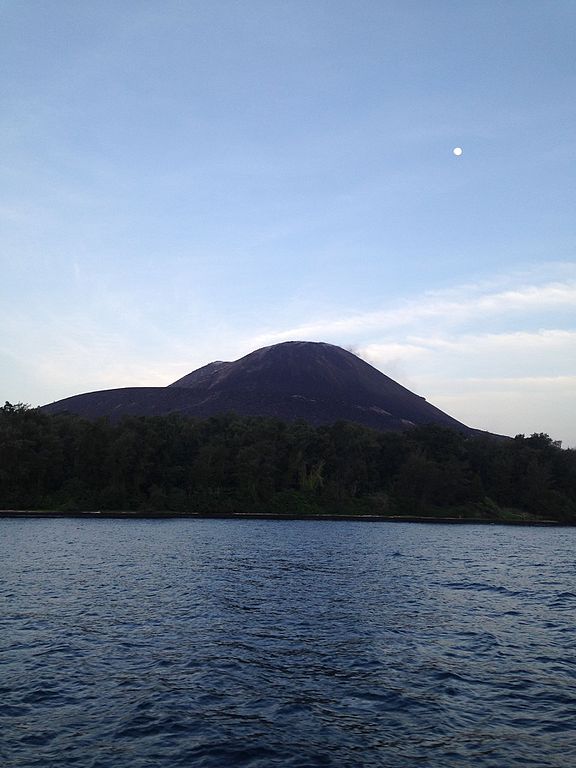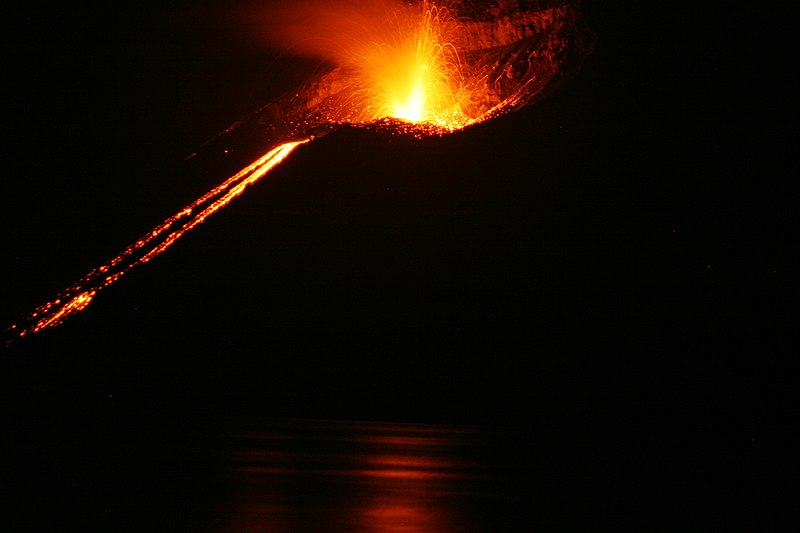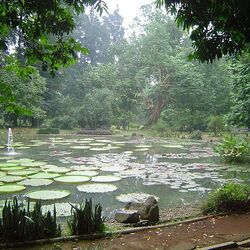Volcano Krakatoa
Krakatoa is an active volcano located on the island of the same name, located in the Gulf of Sunda, not very far from the island of Java. By the way, it is believed that the strait was formed precisely because of the actions of the volcano. Krakatoa is most famous for its unpredictable and rather explosive nature, so local authorities have imposed restrictions on settlement at a distance of 3 kilometers from the dormant giant; tourists and fishermen are not recommended to approach the island closer than 1.5 kilometers.
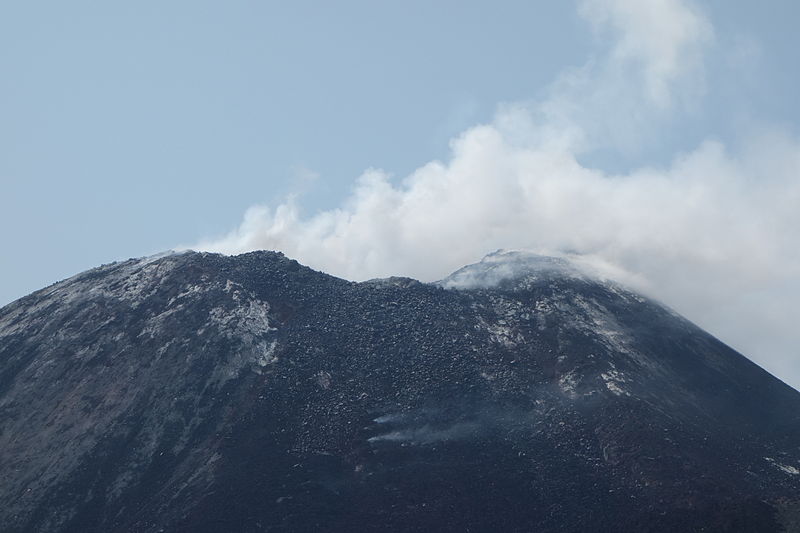
History
It is believed that the island was formed more than a million years ago. Since then, it has been destroyed by waves, then it has risen again. The Krakatoa volcano is considered the culprit of five major disasters that have changed the face of the Earth. The latter happened at the end of the 19th century, while all the inhabitants of the planet were able to assess the power of the volcano: the blast wave bypassed the Earth several times. At the same time, the force of the explosion was 100-200 megatons of TNT, which was 10,000 times greater than the shock wave that struck Japan after the explosion of a nuclear bomb, and a red-hot gas cloud burned all life at a distance of 30 kilometers. Even the inhabitants of Australia, not to mention the inhabitants of the nearby islands, felt the terrible roar exceeding the pain threshold. Ash clouds blocked out the Sun for several hours, turning a clear day into the dead of night. And the emissions that continued for the next few days changed the climate of the planet. Volcanic dust even reached Europe, falling to the ground along with the rains.
But Nature didn't stop there.: Immediately after the eruption, a tsunami began, which easily swept more than 300 settlements into the sea. According to experts, at least 30,000 people died, and some scientists believe that this figure is 2.5 times underestimated. The volcano was able to completely subside only after six months. At the same time, only three tiny pieces of land remained from the island.
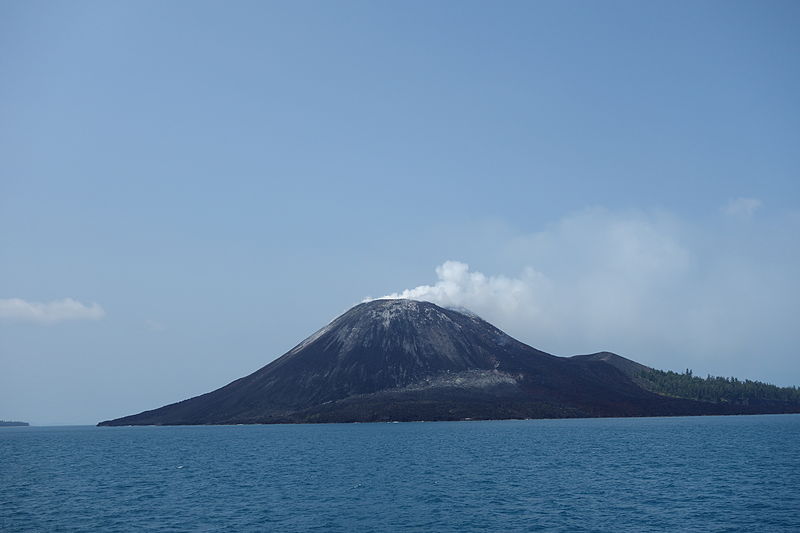
Several decades have passed, people have rebuilt their homes, returned to their former lives, and nothing foreshadowed a new catastrophe. But in early 1927, a small volcano appeared near the remains of the former island. Initially, its height was 9 meters, but in a dozen years, Anuk Krakatau (the Child of Krakatoa) has grown by almost 50 meters.
Today, Anuk-Krakatau rises by an average of 7 meters per year, and its activity is estimated at 2 points on a scale of only 4 points.
What to see
The island itself does not represent a special historical or cultural value: most of the land is scorched earth. Tourists are attracted here by the opportunity to tickle their nerves and enjoy the real sense of danger: the Krakatoa volcano periodically emits thousands of fiery splashes and columns of ash.
On calm days, it was possible to climb the fire-breathing mountain to a height of 500 meters, then the passage was closed due to the danger of falling into a crack or catching a stone flying out of the mouth of the Anuk Krakatau volcano with your head. Now you can admire the formidable miracle of nature only from the sea, although residents from the nearest islands are ready to take tourists to the volcano for a small fee and even give them the opportunity to wander through the hot sand.
